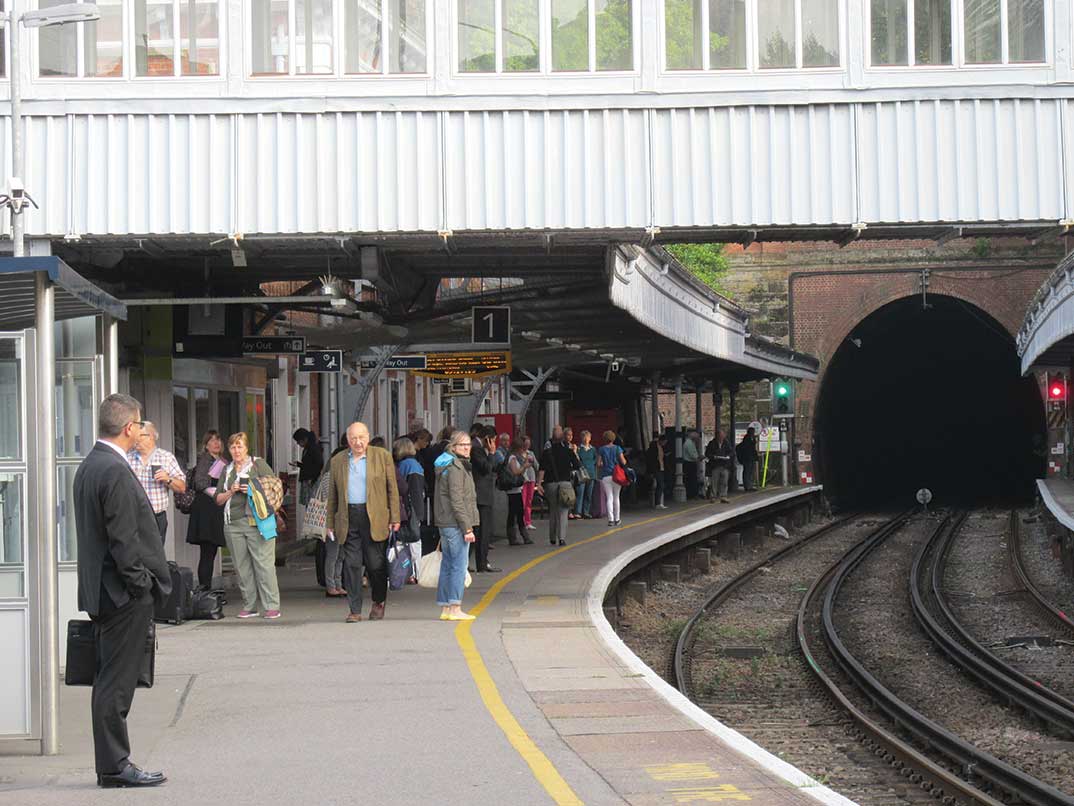THE largest hike in annual rail season tickets in five years will see some people unable to afford to travel to work, according to a spokesperson for a rail passenger group.
John Reynolds of Tonbridge Line Commuters (TLC) warned that ‘not everyone who travels to London is a fat cat’ and that he personally knew one nurse who worked at St Thomas’ Hospital and was having to consider relocating due to the latest increase.
It was revealed last week that annual season tickets into the capital would be rising by 3.6 per cent from January 2018.
In Tunbridge Wells, this will mean a cost of £4,645, an increase of £161. While in Tonbridge, it will result in an additional £147 cost, bringing the total price to £4,235.
According to calculations by the BBC, Tonbridge to London will see the sixth highest increase in the country in pounds per 1,000 miles. Tunbridge Wells is eighth.
The rate of price inflation is set according to Retail Price Index [RPI] in July, which was 3.6 per cent. However, campaigners argue that it should be tied to the lower Consumer Price Index [CPI], which this year remained unchanged at 2.6 per cent.
The CPI measure has gradually replaced the RPI over the past few years as the benchmark for changes to most government-controlled funding. Secretary of TLC, John Morton, added: “Season tickets prices from Tonbridge and other local stations are already amongst the highest per mile in the country, so this exorbitant rise will be a further affront to hard pressed commuters.
“Prices rises should be based on the CPI measure of inflation rather than the discredited RPI statistic. The RPI measure has been disowned by none other than the Office for National Statistics.” Paul Plummer, the chief executive of the Rail Delivery Group, representing train companies and Network Rail, said: “Money from fares pays to run and improve the railway, making journeys better, boosting the economy, creating skilled
jobs and supporting communities across Britain. It’s also the case that many major rail industry costs rise directly in line with RPI.”
RPI VS CPI – WHAT’S THE DIFFERENCE?
Like RPI, the CPI looks at the prices of hundreds of items we spend money on, such as food and cinema tickets, but excludes housing costs and mortgage interest payments.
But unlike RPI, CPI is calculated on a formula that takes into account that when prices rise, some people will switch to lower priced alternatives.








